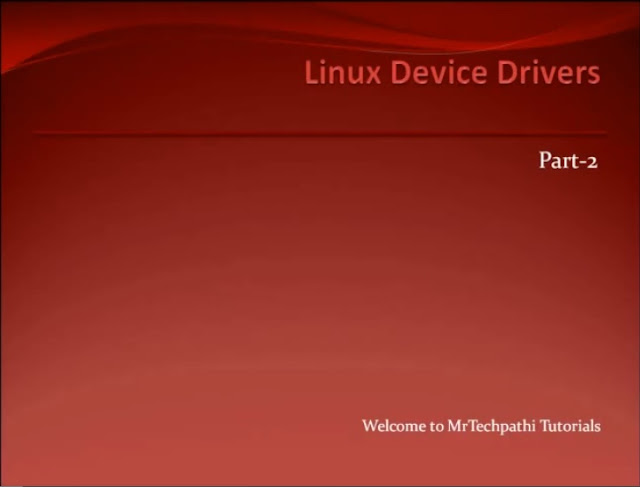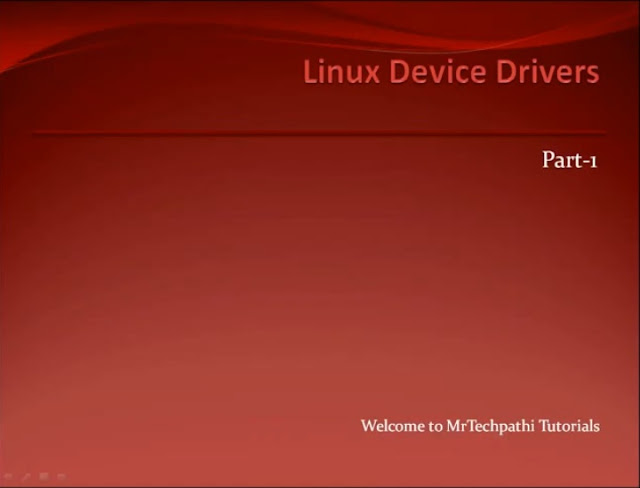Linux Device Drivers Part - 3 : Role of Linux Kernel

As a prerequisite, I strongly recommend you to watch Part-1 and Part-2 of Linux Device Drivers from MrTechpathi Tutorials . In this part we will learn about Role of Linux Kernel. Why this topic is choosen ? This topic is choosen to understand the exact role played by Kernel to provide various services. In this part, I will just brief about kernel roles, eventually we will be discussing them in detail in upcoming parts. In a Linux system, several concurrent processes attend to different tasks. Each process asks for system resources like computing power, memory, "network connectivity", or some other resource. Who will be serving these resources ? Yes its the Kernel. Kernel is the big chunk of executable code in charge of handling all these requests. Although distinction between the different kernel tasks isn't always clearly marked, the kernel's role can be split into the following parts. Process management Memory management File Sy...

